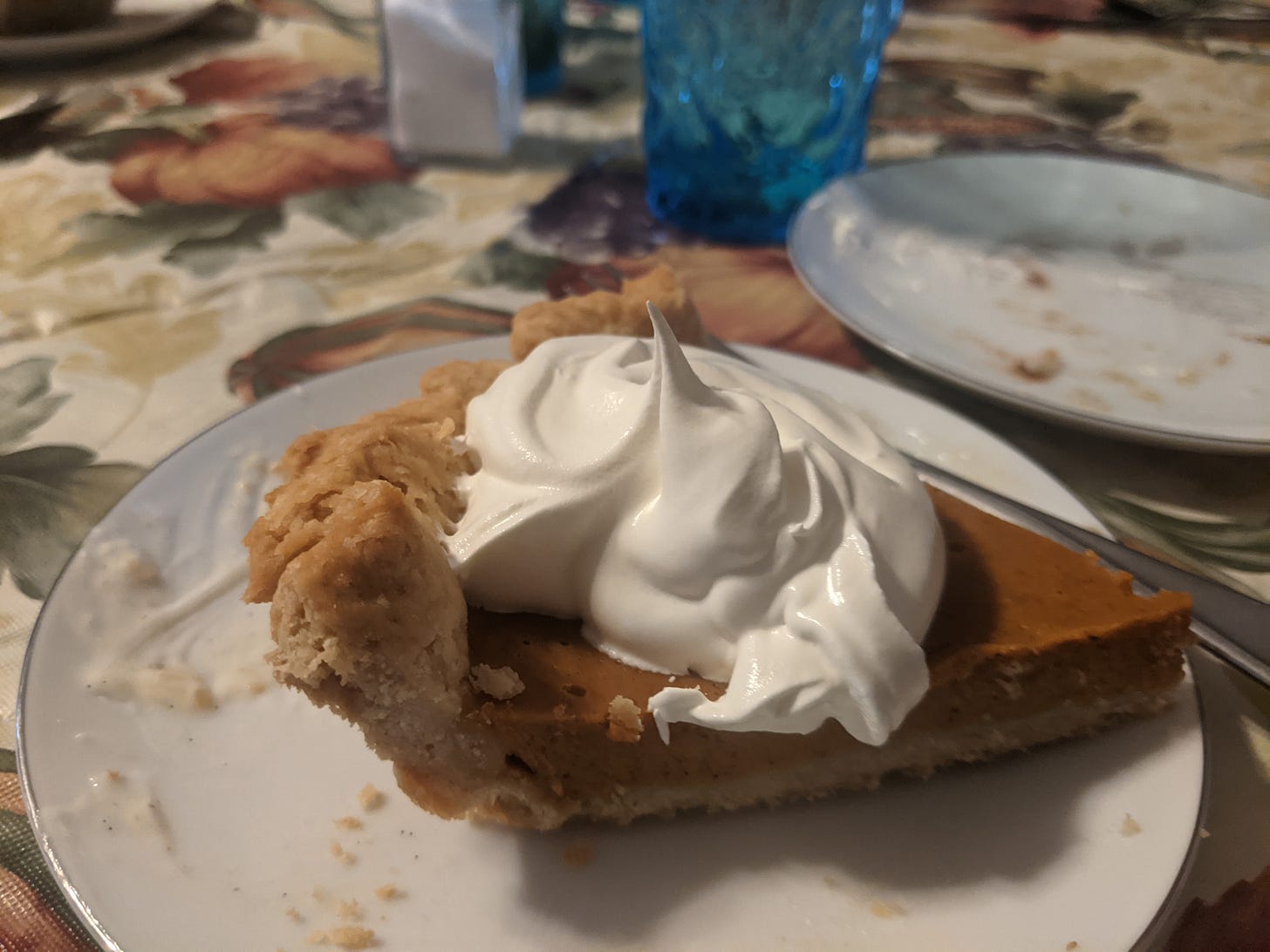Food Dollar, then and now
I clearly remember a speech given in 2012 while as I was attending a global
roundtable in Dublin, Ireland. The presenter said that the problem with the
American food system is that consumers spend less than 10% of their income on
food. Of course, he was referencing the European model where, at the time, nearly
20% of household income in the EU was going to supply food for the family. Here is
the problem, then and now. The farmer is not getting an increased amount of that
percentage; it is all going to regulators and those involved in disrupting the food
system.
Last week the American Farm Bureau issued their annual report on the projected
cost of Thanksgiving dinner and to no one’s surprise, it is going to be 20% higher
than last year and 36% higher than 2020. All of that has caused me to do a deep
dive into what consumers pay and how much the farmer receives as a percentage
of that cost.
I went straight to the USDA data as they have recently completed a report called
the Food Dollar Series, and it boldly states that 14.5% of the consumers’ food
dollar goes to the farmer. But let’s take a closer look at that number. The USDA
figures consider the agribusinesses that most farmers sell their commodities to as
part of the farmers share. In fact, the accompanied picture shows 7.4% goes to the
farmer and 7.1% to the agribusiness. This likely explains why we have seen the
exodus of so many farmers since 1960.
For this discussion, I will use 1960 as the benchmark when we start seeing a rapid
change in consumers’ food dollar. Although there is one key factor, we must all
remember about income in 1960. The U.S. median household income in 1960 was
$5315 and the minimum wage was $1.15/hour.
As I read an article published in JSTOR entitled Food Expenditures in Urban Families
1950-1960, I found a couple of interesting tidbits. In 1960, folks were concerned
that the cost of food had increased by 16% since 1950. The thing that jumps out at
me is that in 1960 80% of the meals were consumed in the home. In contrast, in
the United States today almost 55% of the food dollar is spent away from home.
This concept is highly discussed in the Food Dollar Series, just released from USDA,
and gives a summary of food consumed away from home.
Food-service costs per food dollar increased from 30.1 cents in 2020 to 33.6 cents in 2021. The
foodservice share is again at a series high, after increasing for 8 straight years (2012–2019) and
sharply decreasing in 2020.
I must tell you that after spending a mere 2 hours gathering this data, I now fully
understand that all of us in the food production world have been hoodwinked again.
I sit here asking myself why have I been bragging for the past 20 years about how
little the American food consumer spends for food? We have led down this path to
benefit the few and the extreme consolidation in the food system infrastructure.
The movement today is huge in that farmers and ranchers of all types are getting
into the business of being a price maker instead of a price taker. I must warn you
that this a segment we have been involved in since 1995 when we trademarked our
own meat label to sell beef and pork. Folks, it is a hard row to hoe, selling animals
by the trailer load is easy compared to selling them by the piece.
I don’t say that to deter anybody from direct marketing but as a person who was
involved, I have been through every pitfall there is. In fact, I will tell you the easy
part today is selling it, the tough part is delivering it. Thanks to social media,
finding families interested in your quality farm-raised products is easy but now the
hard part: how do you deliver?
I remember as a kid in the late 1960’s, I would go to Quincy with my Grandpa
Calvin J Loos to peddle eggs. He had a specific route with customers who expected
him to show up every week and then we would go to the store and buy what
grandma needed with the egg money.
In reality, food inflation has not hit the consumer if you still acquire your food the
same way your folks did in the 1960’s. The increased cost of your Thanksgiving
dinner is simply an increase in the number of folks that make a living in between
the farm and the fork. In our blessings at the Thanksgiving table this week we
should all ask for guidance to get back to the basics in food purchasing. Happy
Thanksgiving!!




